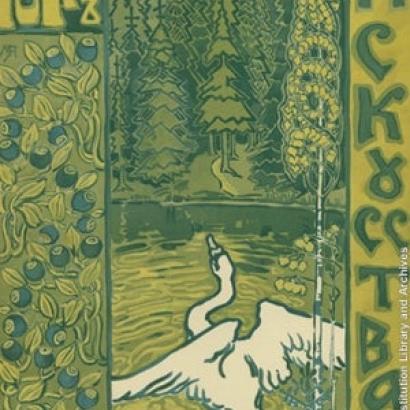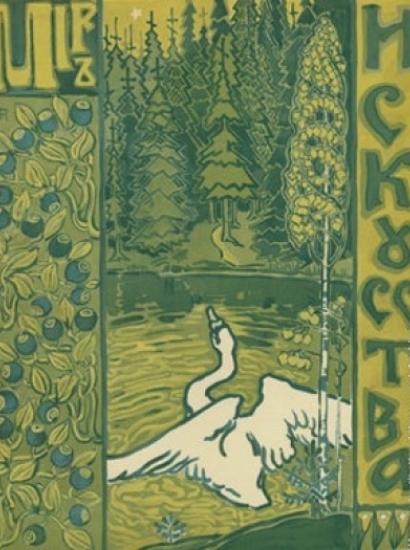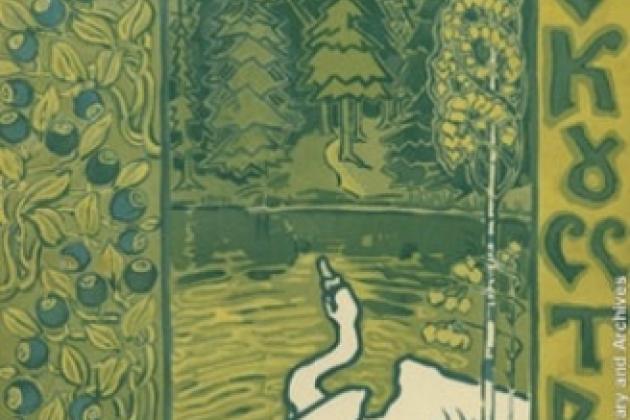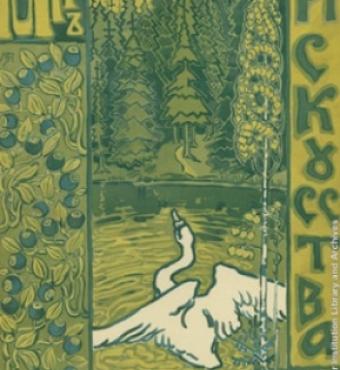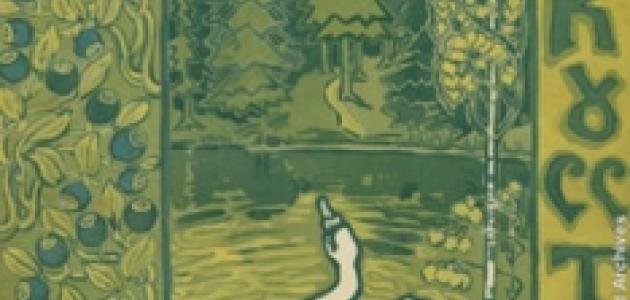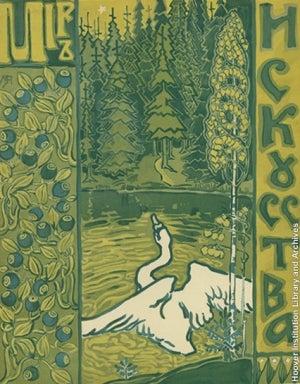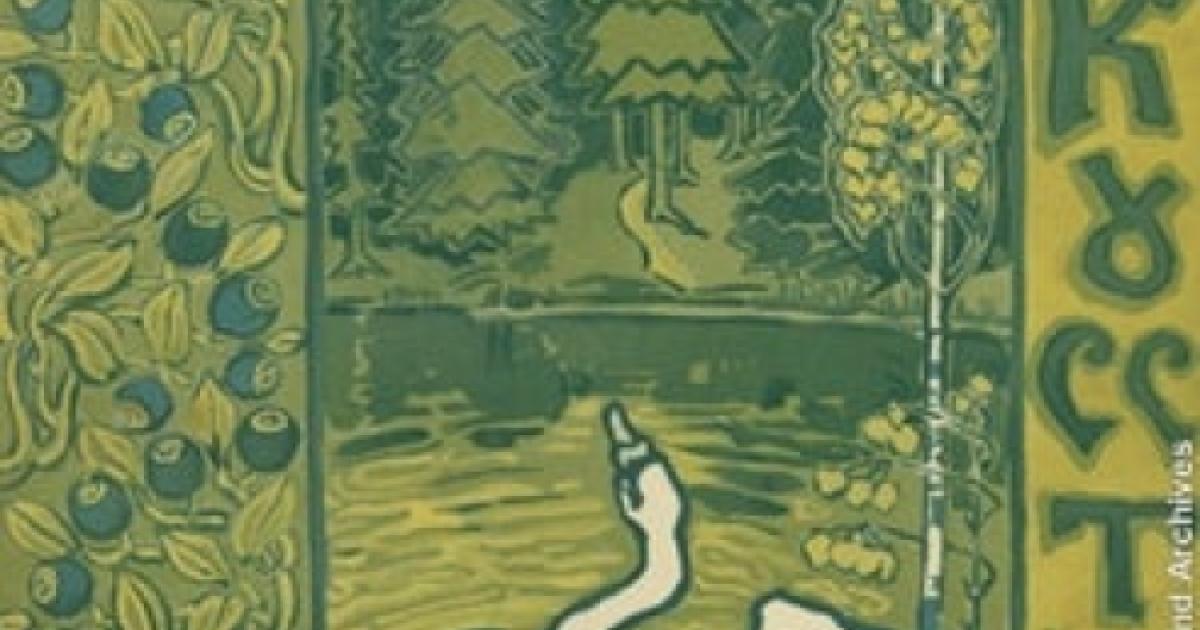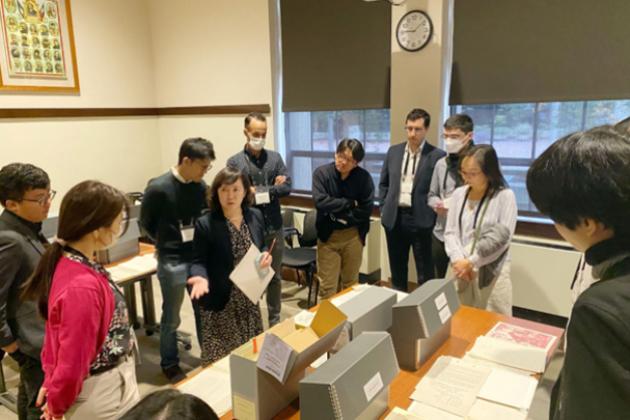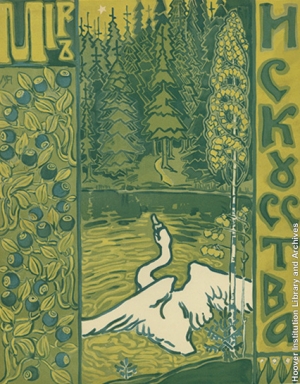
The Hoover Institution Library contains a small (some five hundred titles) but significant collection of books and periodicals on Russian art, architecture, and culture, most of which were purchased by Professor Frank A. Golder in 1925 during one of his collecting trips to the Soviet Union.
The exhibit is in the Rotunda of the Hoover Tower. Hours are Monday through Friday, 8 a.m. to 5 p.m., and Saturday, 10 a.m. to 5 p.m. The exhibit is free of charge.
The well-preserved collection contains rare publications from all periods of Russian culture including those displayed here. The collection’s primary strength is in items published between the end of the nineteenth century and the mid-1920s, although there are also valuable older publications.
Full sets of rare Russian art journals, illustrated records of travels in Russia, architectural and historical descriptions, books on Russian heraldry and genealogy, publications on Russian handicrafts, folktales, folksongs, and ornamentation are just a few of the collection’s many noteworthy treasures.
The full sets of art journals in the Hoover holdings form one of the best Russian art periodical collections outside Russia. The majority of those serials were published in the first part of the twentieth century, the period that was originally of principal interest to the Hoover Institution, which was founded in 1919.
The journals capture in turn-of-the-century Russia a renewed interest in the old Russian art forms and traditions as well as the growing international avant-garde movement in the arts.
Despite their popularity, many of the serials in the collection had ceased publication by 1919 owing to high printing costs, government interference, political upheaval, and a loss of interest by the participating artists (many of whom turned to such pursuits as set and costume design).




